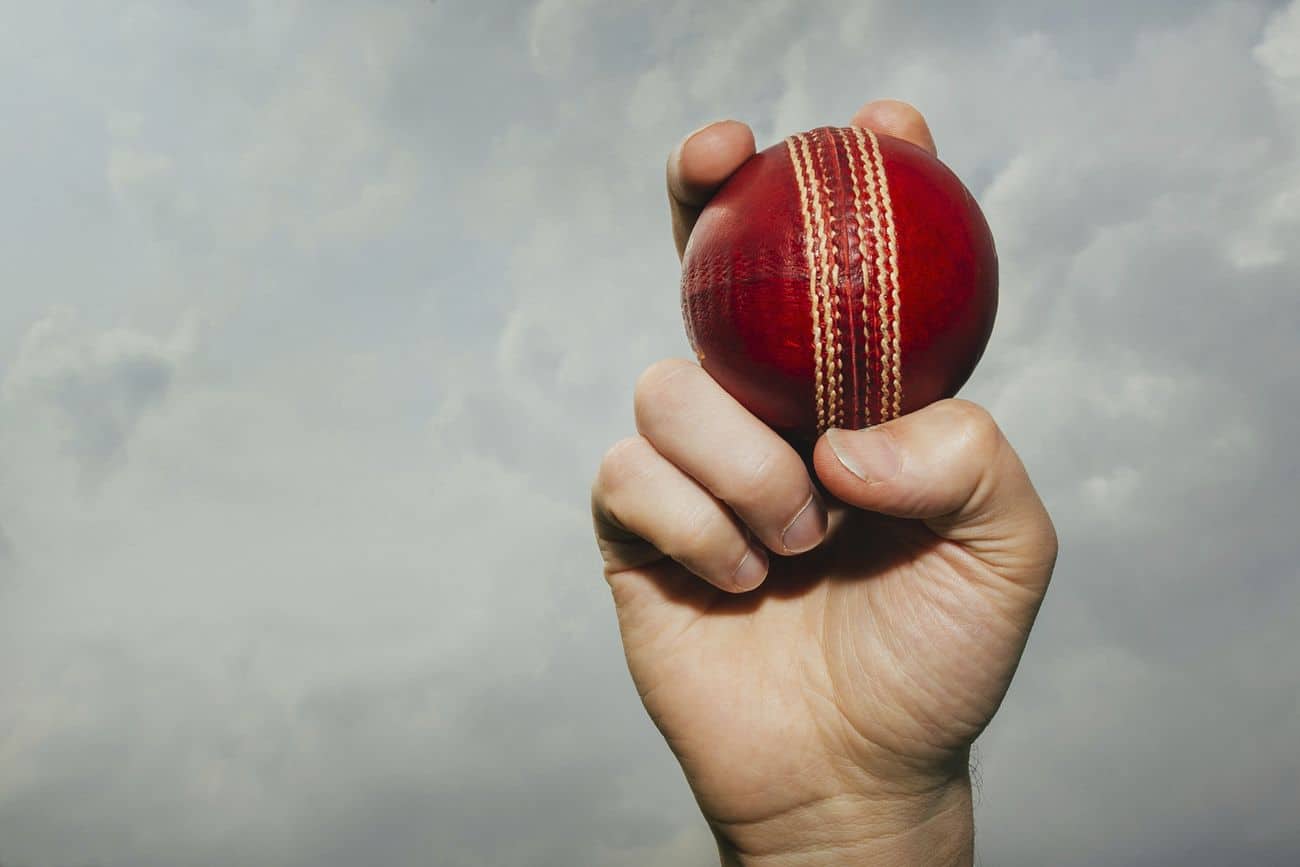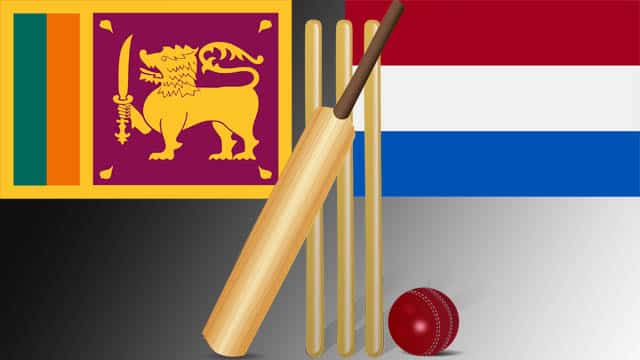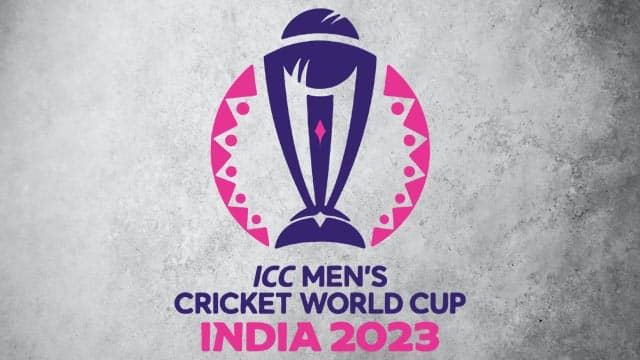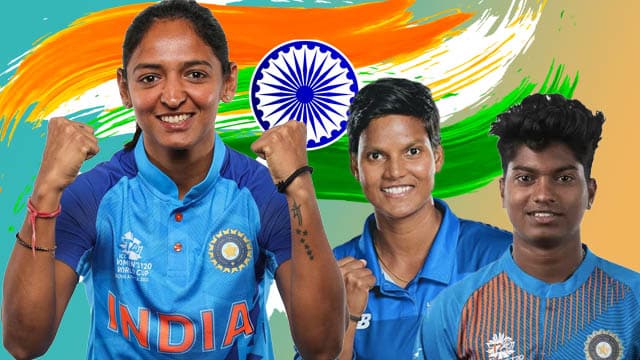It is time to manage expectations as India enters a period of transition in test cricket. While this is a natural cycle for all teams, India’s journey is made more challenging due to a significant number of injuries. The current pace attack for the test tour of the West Indies has a collective experience of only 88 test wickets, with Mohammed Siraj leading the pack with 52. Not since 2013-14 against West Indies at home have we seen India play a whole test series without a fast bowler who has taken 100 wickets.
To field a raw and inexperienced pace attack in conditions that require at least three fast bowlers is reminiscent of coach Rahul Dravid’s playing days during the 2011 West Indies tour. The absence of Mohammed Shami, uncertainty surrounding Jasprit Bumrah’s effectiveness in test cricket, and the injury-prone or dropped status of Umesh Yadav, who is also on the wrong side of 35, further highlights India’s bowling challenges.
While India has had exceptional spinners in the past, what set this team apart was the availability of three fit, experienced, and high-pace fast bowlers at any given time. However, the remarkable series win in Australia in 2020-21 seems to have raised expectations to unrealistic levels for Indian fans, media, and even the cricket board. The defeat in the World Test Championship (WTC) final against New Zealand, a team with a formidable bowling attack, was unfairly labelled a disaster or debacle.
Despite not having a title to show for it, India has been dominant in test cricket over the past decade. They have lost only three home tests in ten years, won consecutive test series in Australia, drawn one in England, and came close to winning in South Africa. They have also managed to reach both editions of the WTC final despite facing a significant number of injuries since the Australia tour.
However, it is crucial to temper expectations now. Similar to the weak pace attack India had in 2011 that led to eight straight test defeats in England and Australia, we should be prepared for at least some degree of downturn from this transitioning team. Let’s not be swayed by their failure to qualify for the ODI World Cup, as West Indies pose a potent threat at home, having beaten England and drawn with Sri Lanka and Pakistan.
West Indies’ pace attack has improved since their previous encounter with India in 2019, with bowlers like Kemar Roach, Shannon Gabriel, Jason Holder, and Alzarri Joseph performing well. If West Indies can create surfaces that neutralise India’s spinners, the visitors could find themselves in trouble during the series.
India’s transition extends beyond the bowling department. The future of the team’s leadership depends on the upcoming ICC World Cup, which means long-term plans cannot be formulated by the captain and coach at this stage. The selectors are trying to maintain continuity while being cautious about introducing too many rookie batters simultaneously. Yashasvi Jaiswal is likely to replace Cheteshwar Pujara at no 3 as part of this strategy, considering that Virat Kohli, Rohit Sharma, and Ajinkya Rahane are closer to the end of their careers.
This phase of transition, although a natural cycle for all teams, has been made more challenging for India due to the unexpectedly high number of injuries. With uncertainties around both bowlers and batters, along with the absence of the game-changing wicketkeeper following his car crash, the situation resembles India’s 2011 tour of the West Indies when they had to rely on an inexperienced attack after resting Zaheer Khan. It took several years of rebuilding and the emergence of a generational talent like Bumrah for India to reach a level where they can compete in all conditions around the world.
India’s chances of making it to the WTC final hinge on two crucial away tours at the end of this year (South Africa) and the next (Australia). It would be a tremendous achievement if they can maintain high expectations by the end of this transition cycle. However, it is important to manage expectations and understand India’s current challenges.




